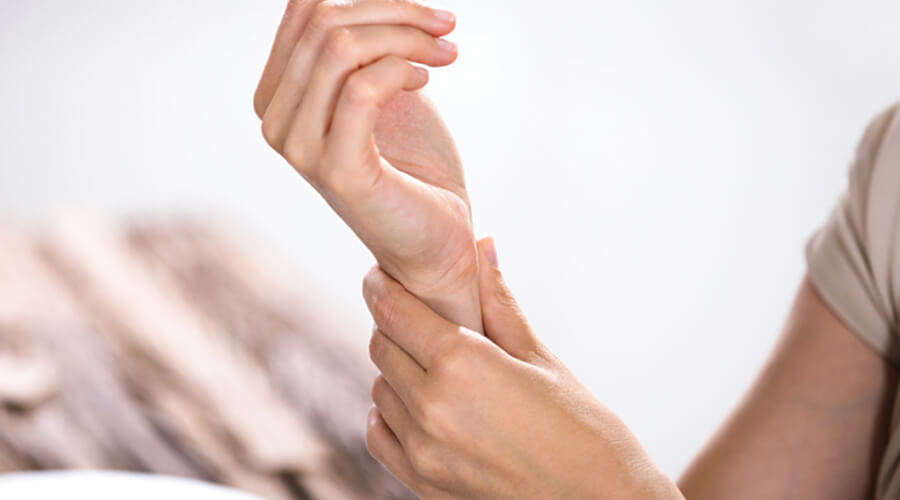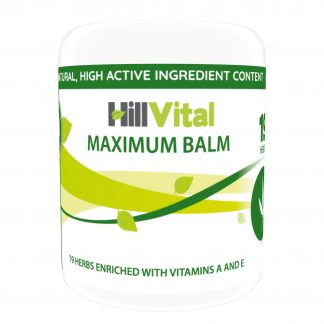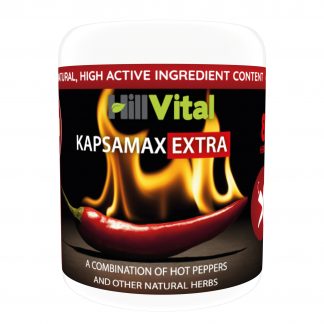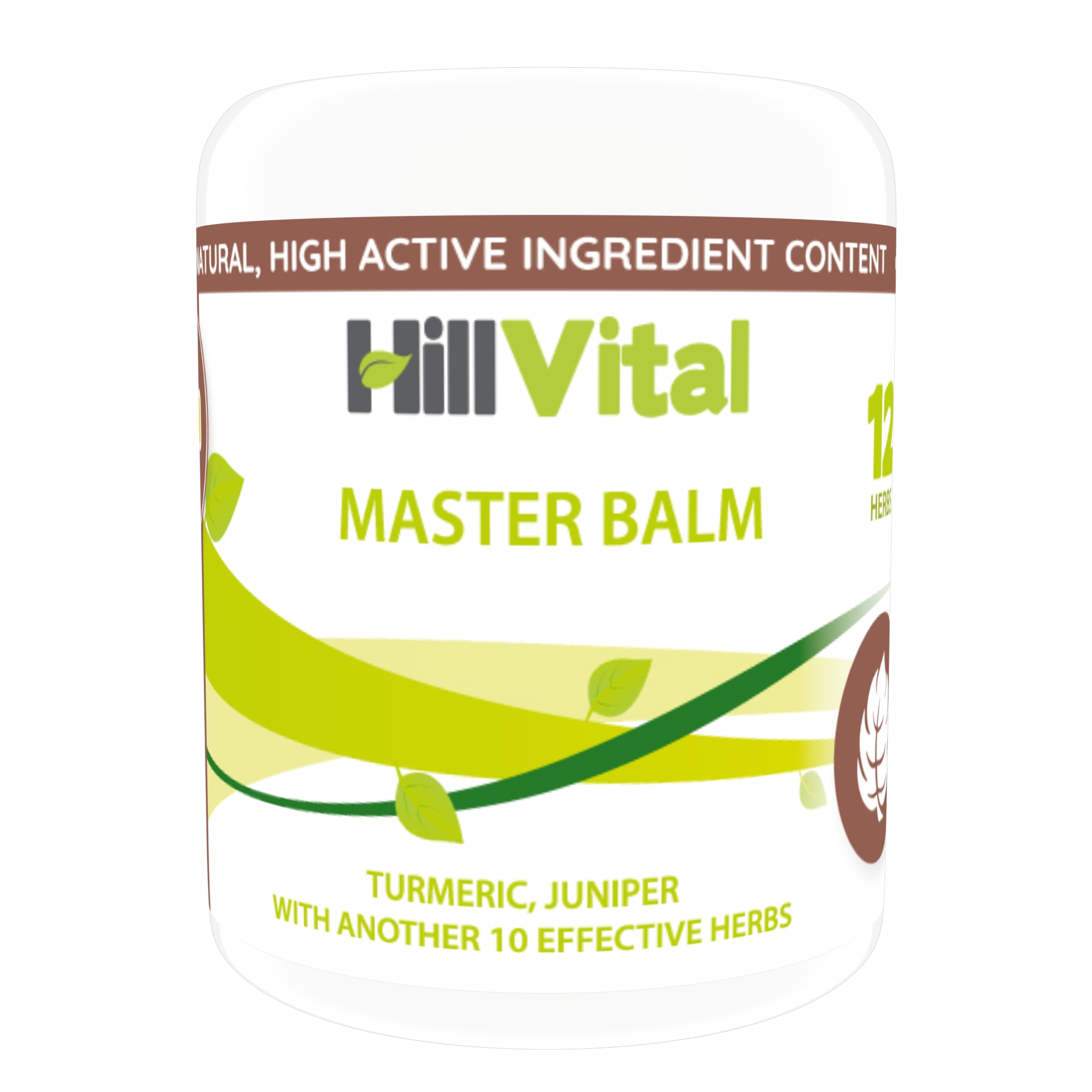
In cases of tendonitis, cold compresses with water or the use of anti-inflammatory creams can often be sufficient.
The popping finger, tendonitis
Snapping finger or tendonitis is a condition where pain and swelling occur in the joints or ligaments of the fingers. It most commonly occurs in the fingers of the hands and feet, especially the second and third fingers.
Snapping fingers are usually caused by excessive pressure or irritation in the finger joints or the ligaments that move the fingers. This can be the result of repetitive movements, such as long hours of repetitive typing, playing the piano or other manual work. It can also occur with wear and tear on the joints of the fingers, arthritis or damage to ligaments.
Symptoms include pain when trying to bend or stretch the finger, swelling, stiffness and sometimes the finger “popping” or “sticking” when moving. These symptoms can usually get worse over time and, if left untreated, can even cause difficulty moving the fingers or using the hand.
In the treatment of mild tendonitis, a cold water compress and rest may be enough.
The healing process can often take several weeks. This requires perseverance on the part of the patient.
For more severe inflammation, the affected limb may be put in a plaster cast for 1-2 weeks. In addition to complete rest, other anti-inflammatory treatments may be considered. Sparing for 1-2 weeks is also essential.
You may also need to take painkillers or use pain relief creams. Of these, those prescribed by a doctor often contain steroids. These are known to have a very good analgesic effect, but they can also have side effects which are often very unpleasant.
If you can, do not choose a medicine or cream that contains steroids.
How long is the healing time for tendonitis?
The healing time of tendonitis can vary and depends on a number of factors. In addition to the use of painkillers and anti-inflammatories, regular and careful exercise, adequate rest, sleep and stress management, and nutrition are important to achieve healing. The degree of inflammation, the severity of symptoms, the general condition of the patient and the effectiveness of the treatment also influence the time taken for recovery. Usually, the symptoms of tendonitis are relieved in 2-4 weeks, but full recovery can take up to 6-8 weeks.
How to treat encephalitis at home?
Treatment of tendonitis can be done at home, but it is advisable to consult a doctor first to make sure that this is the best solution for your particular case.
Tendonitis treatment at home may be recommended:
-tendonitis can be relieved with ointment, so the use of painkillers and anti-inflammatory creams and gels may be recommended
-home treatment of a stubby toe can be done with local heat therapy, such as a warm bath or heating pad
-regular and careful exercise to maintain muscle strength and mobility
-adequate rest, sleep and stress management
-a diet rich in vitamins and minerals can help
-local massage can help relieve pain and improve circulation
In some cases, tendonitis can be treated with a cream.
If you are you are looking for a tendonitis cream and choosing a non-prescription cream, make sure you choose one that does not contain steroids. These require medical supervision! There are many different types of painkillers and anti-inflammatory creams that can be used. Whichever one you choose, it is considered an effective treatment. Thanks to their topical application, they are quickly absorbed and provide immediate pain relief.
What is the most effective cream for arthritis?
There are a lot of steroidal anti-inflammatory drugs which, apart from being unnatural, only work for a limited time. You will definitely need a preparation that contains herbs if you don’t want to use drugs. It is best to have the effects of several herbs in one product.
It is worth trying some of the above, but treating tendonitis with a cream may be the most effective and natural method.
However, if you choose to use a cream for tendonitis, it is important that it contains active ingredients that can reduce pain and soothe the affected area. It is also important to have an anti-inflammatory effect, as without the help of an anti-inflammatory cream for tendonitis, the treatment will be less effective. Of course, you can choose other anti-inflammatory methods in addition to creams, but it is important not to miss out!
Master Balm is one such pain relief cream that is not only non-steroidal, but also contains no artificial ingredients. It uses 12 herbs to fight pain. It can also be an anti-inflammatory cream for a sore finger as Master Balm can help with a variety of joint problems.
What to do if the balms don’t work?
If the tendonitis, or popping finger, cannot be relieved with anti-inflammatory cream, then physiotherapy may be an option. If this does not help, then either therapeutic X-rays or surgery may be an option.
To avoid this, if tendonitis is suspected, it is advisable to start resting immediately or to go for a check-up so that the symptoms can be treated as soon as possible.

What is Peroneal tendonitis?
Peroneal tendonitis is inflammation of the tendon sheaths of the peroneal tendons. The tendon sheath is a protective covering that surrounds the tendons and reduces friction as the tendons move. The peroneal tendons are located on the outside of the foot and run down the outside of the ankle towards the foot. There are two main peroneal tendons: the peroneus longus and the peroneus brevis.
Related products
-
 Maximum Balm$49.99
Maximum Balm$49.99 -
 Black Comfrey Balm$40.99
Black Comfrey Balm$40.99 -
 Kapsamax Extra – Balm$49.99
Kapsamax Extra – Balm$49.99 -
 Herbal Master Balm$44.99
Herbal Master Balm$44.99


